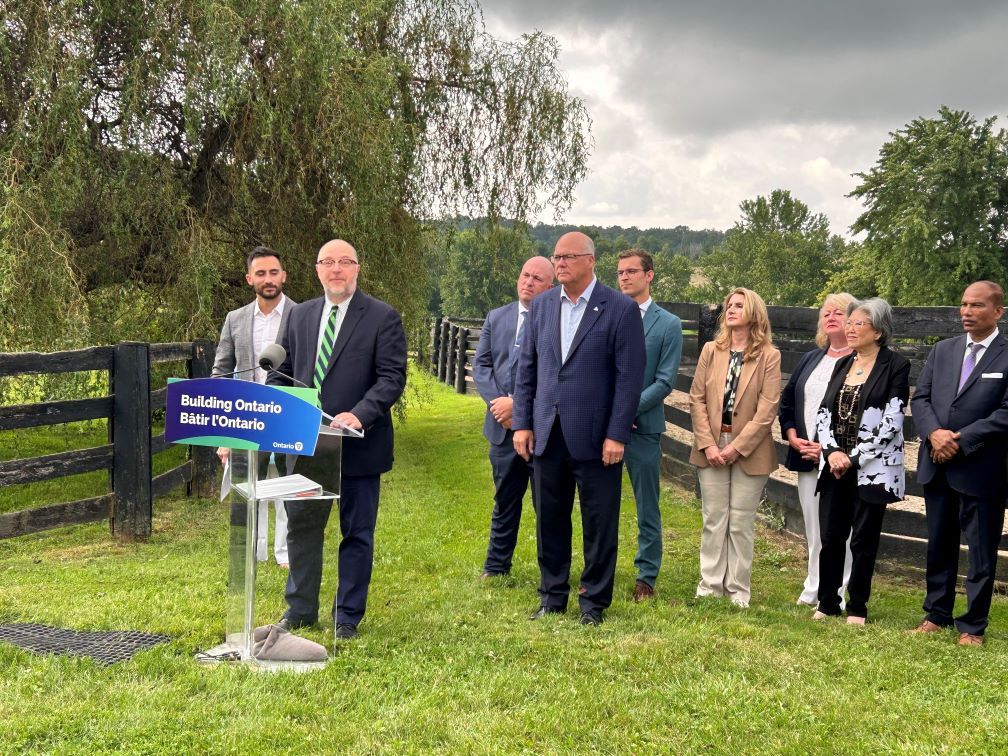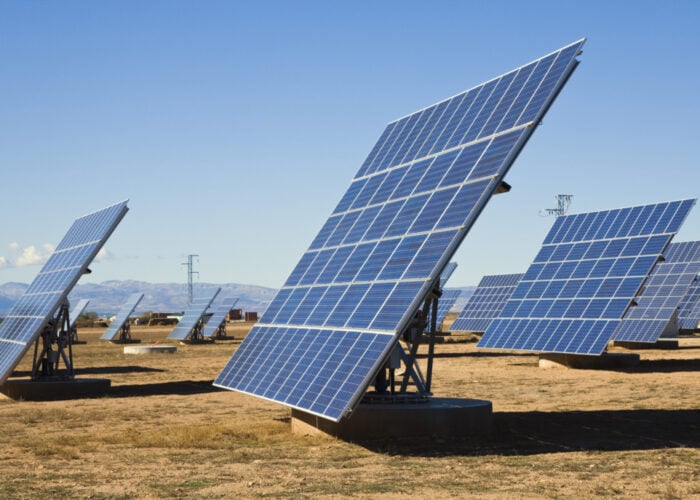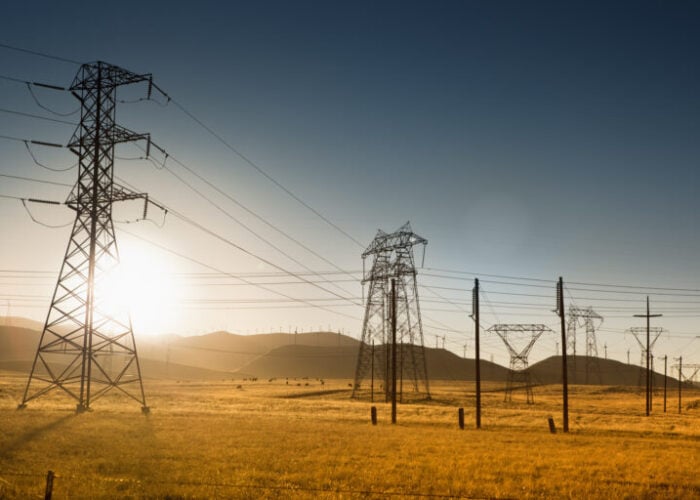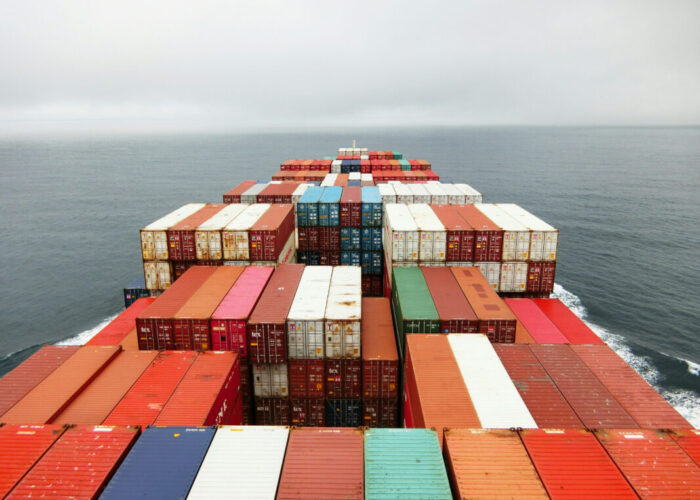
The Ontario government in Canada has launched an energy procurement in the province through its second long-term procurement (LT2).
Ontario’s request for proposal will seek nearly all technologies – solar PV, wind, nuclear, natural gas, biomass and hydroelectric – while limiting solar PV’s deployment on agricultural land.
Unlock unlimited access for 12 whole months of distinctive global analysis
Photovoltaics International is now included.
- Regular insight and analysis of the industry’s biggest developments
- In-depth interviews with the industry’s leading figures
- Unlimited digital access to the PV Tech Power journal catalogue
- Unlimited digital access to the Photovoltaics International journal catalogue
- Access to more than 1,000 technical papers
- Discounts on Solar Media’s portfolio of events, in-person and virtual
Or continue reading this article for free
Ground-mounted solar projects will be banned in prime agricultural areas, while all projects will be prohibited to be built in specialty crops areas.
Regarding the ban of solar PV on agricultural prime areas, Rob Flack, Minister of Agriculture, Food, and Agribusiness, said: “By requiring municipal support resolutions and Agricultural Impact Assessments for new energy projects, banning solar farms on prime farmland and crop areas, and promoting new projects in the North, we’ve secured a four-tier lock to ensure a balance between our energy needs and the needs of our farmers.”
Ontario is the latest region/country to either limit or ban ground-mounted solar on agricultural land. Earlier this year, the Italian government approved a rule that constitutes a complete ban on ground-mounted solar PV projects on land classed as agricultural. A move that would cost the country approximately €60 billion (US$66.6 billion) in lost private investment and tax revenues, according to national trade body Italia Solare.
Despite the limitations for solar PV to be developed on agricultural prime land, Ontario aims to incentivise projects located in northern Ontario with plans to unlock Crown Lands for renewable energy. The other incentive is for projects with or by Indigenous communities.
Partnering with Indigenous communities will be important for Ontario’s clean energy target, according to a report from Ontario’s Electrification and Energy Transition Panel published earlier this year.
The report highlighted the importance of partnerships for Ontario to make the necessary energy infrastructure investments needed to build a clean energy economy, including with Indigenous communities which would provide them with opportunities in electrification and energy transition. Over 450 renewable energy projects across Ontario are either owned or partnered with Indigenous communities, according to the report.
Ontario’s Independent Electricity System Operator (IESO) expects to report back with a procurement design framework by 20 September 2024 and conclude energy and capacity procurement by end of February 2026.
The launch of this energy procurement will ensure the province’s increased electricity demand by 2050. A report from Ontario’s IESO, the province could more than double its current capacity which sits at 42GW, to 88GW by 2050.
Ontario seeks 5GW of renewables capacity by 2034
This energy procurement follows a previous renewables – solar, wind, hydro and biomass – procurement in December 2023. Last year, the IESO unveiled its plan to procure 5GW of electricity resources to meet its growing demand by 2034. Done in three phases, the first one would seek 2GW of capacity by 2030, a further 1.5GW would be needed by 2032 and finally 1.5GW by 2034.
Furthermore, the IESO awarded nearly 1.8GW of energy storage procurement earlier this year, Canada’s biggest procurement to date, as covered by our sister-site Energy-storage.news.
“With energy demand growing rapidly, our government is stepping up by advancing our largest energy procurement in our history. Our ‘all-of-the-above’ energy resource approach will expand access to affordable electricity to families and businesses across Ontario while opposing the regressive carbon tax,” said Stephen Lecce, Minister of Energy and Electrification.






